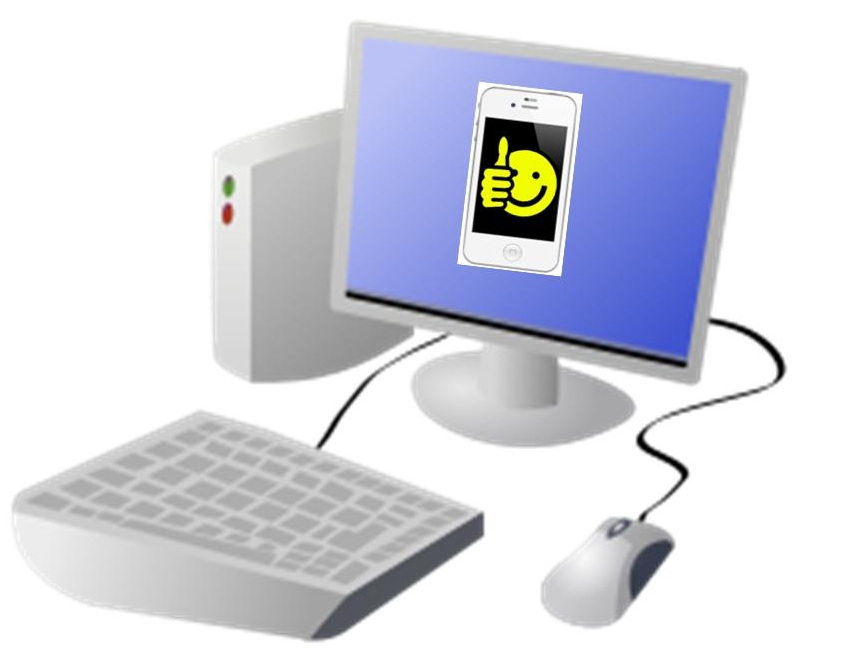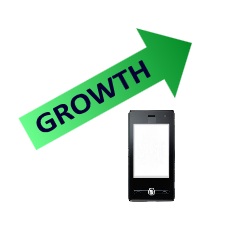 A new report from Foresee has shown that survey participants are almost equally satisfied with the channels.
A new report from Foresee has shown that survey participants are almost equally satisfied with the channels.
According to the results of a survey that was performed by Foresee and that were just released in a report by that firm, consumers are becoming increasingly satisfied with mcommerce, to the point that it is approaching the levels felt by desktop shoppers.
The survey was designed to look into the satisfaction felt by visitors to forty of the largest U.K. mobile retailers.
The survey examined the progress of this mcommerce trend over both retail websites and apps in the United Kingdom since 2010. In an area where the average satisfaction score for sites on the regular web in the U.K. was 74 out of a possible 100 points, mobile wasn’t very far behind at all, having received an average experience score of 72.
The difference between mcommerce and desktop has been steadily shrinking over the years.
In fact, over the last three years, that difference has been falling at a rapid rate, from having been five points to its current position at two points. The outcome of the survey has raised two potential possibilities. These are that shoppers are either becoming more accustomed to mcommerce and are therefore naturally feeling more satisfied by their experience over that channel, or retailers have been paying attention to consumer behaviors and have been evolving to improve the mobile experience that they provide.
The report suggested that it is likely a combination of those two factors. That said, whatever the cause, consumers are indeed feeling happier with the mcommerce experience that the leading retailers have to offer. At the same time, it is also implying that businesses that are not providing any mobile platform are possibly missing out on a tremendous opportunity to reach consumers in an area where those shoppers are feeling increasingly comfortable.
The research placed the spotlight on the fact that most online shopping remains on the standard web, using desktops and laptops, as opposed to mcommerce. Eighty seven percent of the respondents used a home computer for shopping online. Only 12 percent shopped with a smartphone and only 9 percent used a tablet.

 There are many drivers that are sending this channel right to the brink of its fastest increase yet.
There are many drivers that are sending this channel right to the brink of its fastest increase yet.